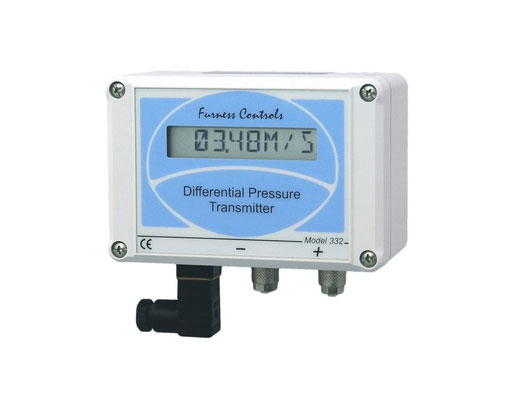
空气动力工业
Aircraft Engine Research
Universities such as Sussex and Loughborough carry out research on behalf of Rolls Royce.
Furness Controls have supplied special miniature pitot tubes, designed to fit into confined spaces in the Aircraft engine to take airflow readings.
By using a number of transmitters and special multi-hole pitot tubes the rate and direction of the flow can be found. Special ‘rake’, 3-hole and 5-hole pitots have been supplied along with numerous Differential Pressure Transmitters (FCO332).
Flow meter calibration
In the manufacture and supply of hot-wire or vane anemometers calibaration checks are crucial to ensure the success of the product. The standard method used by suppliers and manufacturers alike is a wind tunnel equipped with our Precision Micromanometer (FCO560), calibrated to UKAS standards, and a Furness Controls Static Pitot Tube (FCO65).
Respirator Production & Respiratory Research
Breathing performance, especially for pilots, is checked regularly. Furness Controls has developed test systems incorporating laminar flow elements and flow tubes matched to our transmitters (used for their fast response times).
Applications include testing of new designs, as well as testing on the production line or batch tests. Testing criteria include the flow rate through the respirator, or the measurement of differential pressure to assess breathing resistance.
Wind Tunnels
Our precision micromanometer (FCO560) is ideal for wind tunnel monitoring due to its high level of reading accuracy, especially when temperature and absolute pressure correction is used.
Many Formula 1 companies have standardised on Furness Controls instruments within their own research and development facilities.
Yacht Design
Scale models are used in a wind tunnels to assist with hull and sail design for racing craft. Using a series of small custom pitot tubes, placed along the mast, flow and pressure data can be visualised to aid in the improvement of efficiency and performance.

